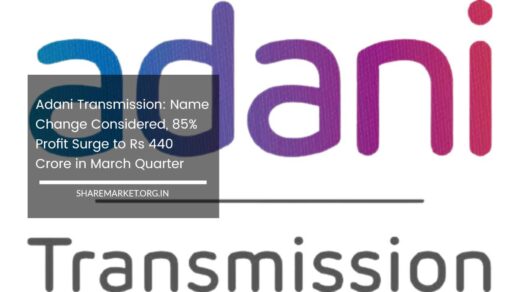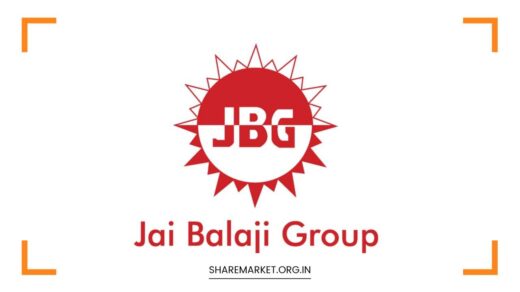Tata Technologies IPO: Comprehensive Details on Public Issue, IPO Size, and More

Tata Technologies
Tata Technologies IPO: A Deep Dive into the Much-Awaited Public Offering
The financial world is buzzing with anticipation as Tata Technologies, a subsidiary of Tata Motors, gears up for its Initial Public Offering (IPO).
This IPO holds particular significance as it marks the first public offering from a Tata Group company in nearly two decades, igniting the curiosity and interest of investors, both seasoned and newcomers.
The company embarked on this journey by submitting draft papers for the IPO in March 2023, and it received the green light from the market regulator, SEBI (Securities and Exchange Board of India), on June 27.
Recently, on October 3, Tata Technologies submitted an addendum to the Draft Red Herring Prospectus (DRHP) of its IPO to SEBI, providing additional insights and information.
Understanding the Offering
Tata Technologies aims to release 9.57 crore shares with a face value of ₹2 per share in its IPO. This offering will be entirely structured as an offer-for-sale (OFS).
Under this OFS structure, Tata Motors, Alpha TC, and Tata Capital Growth Fund I will divest a combined stake of approximately 23.60% of the company’s total equity.
This strategic move highlights the commitment of these entities to unlock the value within Tata Technologies, capitalizing on the prevailing market conditions.
Evaluating the Financial Health
The impending Tata Technologies IPO has garnered considerable attention, leading to speculation about investor interest and response.
However, the true level of trust and confidence in the company will only become evident once the IPO goes live. To gain insights into the company’s financial health, it is imperative to delve into its recent performance.
In FY23, Tata Technologies experienced a slight deceleration in both revenue and profit growth compared to the previous fiscal year, FY22.
Nevertheless, one notable feather in its cap is its debt-free status. In FY23, the company’s revenue witnessed a commendable 25% increase, reaching ₹4,418 crore.
Simultaneously, its profit after tax surged impressively by 63%, soaring to ₹708 crore. These figures underscore Tata Technologies’ ability to generate substantial returns for its shareholders.
Furthermore, analyzing the Compound Annual Growth Rate (CAGR) for the company during FY21-23 provides additional insights.
The CAGR for revenue was 30%, indicating consistent growth in the top line. The EBITDA (Earnings Before Interest, Taxes, Depreciation, and Amortization) CAGR stood at an impressive 46%, reflecting robust operational efficiency. Moreover, the Profit After Tax (PAT) CAGR reached a remarkable 61.5%, showcasing a high degree of profitability.
Unveiling Tata Technologies’ Business Profile
Tata Technologies is a global engineering services company that specializes in product development and digital solutions.
It is renowned for offering turnkey solutions to global original equipment manufacturers (OEMs) across various industries, including aerospace, transportation, and heavy machinery.
With its inception in 1989, the company has carved a niche for itself in the highly competitive engineering services sector.
Analyzing key financial ratios provides further insights into Tata Technologies’ performance. As of March 2023, the company boasted an impressive Return on Equity (RoE) of 23.7%, indicating its ability to generate substantial returns for its shareholders.
Moreover, the Return on Capital Employed (RoCE) in March 2023 stood at a healthy 19.5%, reflecting efficient utilization of capital resources. These figures underscore the company’s robust financial performance and management.
Reserved Shares: Employee and Shareholder Benefits
The Tata Technologies IPO includes a provision for reserved shares, benefiting both the company’s employees and shareholders of Tata Motors Limited.
Up to 0.5% of the post-offer paid-up equity share capital is reserved for Tata Technologies employees, fostering a sense of ownership and participation among the workforce.
Simultaneously, up to 10% of the total offering is reserved for the shareholders of Tata Motors Limited, recognizing their loyalty and support.
Once these reserved portions for employees and Tata Motors shareholders are accounted for, the remaining shares constitute the net offer.
This structure ensures equitable access to the IPO while rewarding those who have contributed to the company’s journey.
Shareholding Evolution
Currently, the promoter and promoter group hold a dominant stake of 76.7% in Tata Technologies, with the non-promoter group owning the remaining 23.3%. Following the IPO, there will be a significant shift in the company’s shareholding pattern.
The promoter and promoter group’s stake will decrease to 56.7%, while the non-promoter group’s stake will increase to 43.3%. This shift reflects the broader participation of investors and the evolving ownership landscape of the company.
Key Facilitators: Book Running Lead Managers
To streamline and facilitate the IPO process, Tata Technologies has enlisted the services of reputable financial institutions as Book Running Lead Managers (BRLMs).
These institutions, namely JM Financial, Citi, and BofA Securities, will play pivotal roles in orchestrating the IPO, ensuring its smooth execution, and effectively communicating with investors.
Registrar Link for the Issue
For investors seeking detailed information and updates regarding the Tata Technologies IPO, the registrar link for the issue is available on the in-time platform.
This link serves as a valuable resource for staying informed about the latest developments, announcements, and procedures related to the IPO.
In conclusion, the Tata Technologies IPO represents a significant milestone not only for the company but also for the broader investment community.
As investors eagerly await this offering, a meticulous evaluation of the company’s financial health, business profile, reserved share provisions, shareholding pattern evolution, and the role of book running lead managers becomes essential.
By gaining a comprehensive understanding of these aspects, potential investors can make informed decisions and participate in this landmark event in the Indian financial landscape.

















